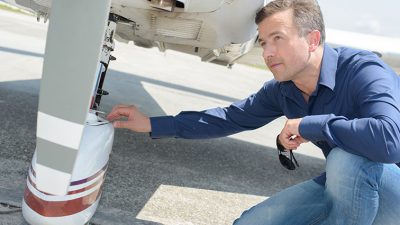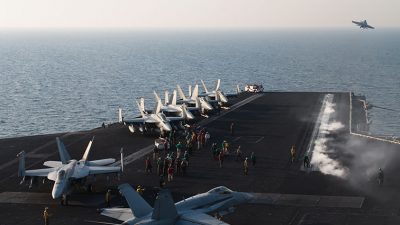Safety Systems (SMS) - SM4 Safety Articles & Resources

Elevating Situational Awareness to Future-Proof Your Operations
Recent global events underscore the need to elevate your operation’s safety profile. Doubling down on preventative measures for a growing list of risk factors requires a new level of situational awareness that includes operational safety and the health and personal security of your crew and passengers.

Understanding Human Factors in Safety Assurance: The Bowtie Method
Human factors may be the final frontier in aviation risk management. While those factors can’t be handled in the same way as, for example, issues with mechanical systems, there is new thinking in risk management that can help. It includes viewing a high-risk situation as an event and then using a so-called “bowtie diagram” as a tool for defining and addressing it.

The Importance of Being Consistent—Aviation’s Most Cost-Effective Safety Tool.
Within the aviation community, one of the most basic tasks pilots learn from day one of training is to perform a pre-flight inspection (PFI). The PFI is a visual walk-around of the aircraft to enable the pilot, using sight and touch, to determine the basic condition of the aircraft, systems and functional controls for the purpose of flight.

2022: The Year of the Aviation Mechanic
As we ring in the New Year, many of us like to think big. How can we have the most impact in the new year? How can we recruit and provide the best people with the best tools, training and motivation to excel? How can we find the resources to accomplish all of our grand ideas floating like sugarplums though our holiday-spirited minds?

Strong Up the Middle
A few months ago, I was given a once-in-a-lifetime opportunity to spend two days on board a United States aircraft carrier—the USS Abraham Lincoln—while she was at sea conducting flight operations. It was an immersion experience that will forever change the way I look at work and life. No kidding.

Long-COVID Another Challenge for a Safe Operation
Most people infected with Covid-19 will recover from their symptoms, if any, in a maximum period of four weeks. However, 10-30% of people diagnosed with COVID-19 will experience long-term after-effects. When existing symptoms last longer than expected or new ones develop following the acute phase of COVID-19 infection, it is referred to as “ongoing” symptomatic COVID-19 (from four to twelve weeks).

Vigilance! Now More Than Ever. A Time to Act!
As the aviation community begins its rebound from the COVID-19 experience, managers and safety professionals must be focused on getting staff back to work safely and returning to pre-COVID routines. One thing is for certain, bringing staff back to full strength to match the rebound has uncovered some less-than-desired consequences, even for those operators who believe they have a fully functional SMS.

Risk Is a Choice: How an SMS Can Help Prevent Runway Excursions
Every accident starts with a choice. It is a decision among a sequence of actions that can still be within the boundaries of rules, but for too many business aviation operations, it is a sequence of choices that ends in a runway excursion.

SMS for the Small Operator
“I know that there are those who complain that they’re too small for a Safety Management System (SMS). Or that it’s too costly. Or that they don’t have time. One by one: No one and no company is too small for a SMS. The cost of a SMS is far less than the cost of an accident.”
